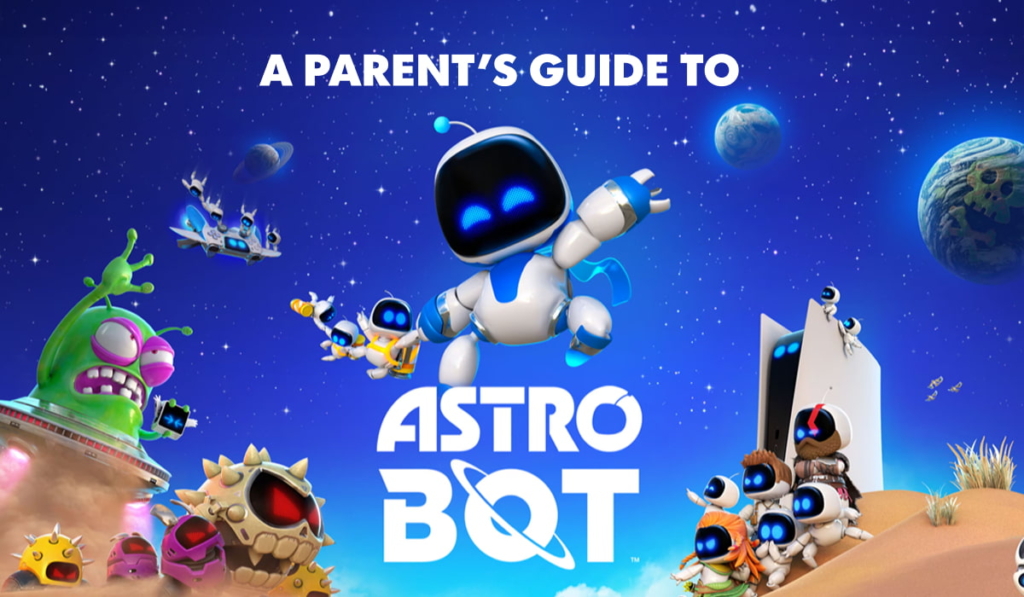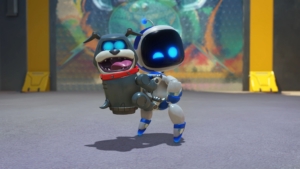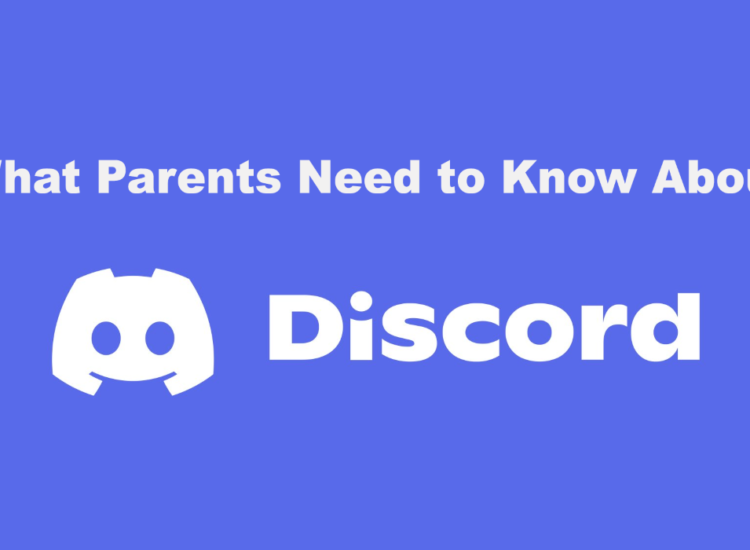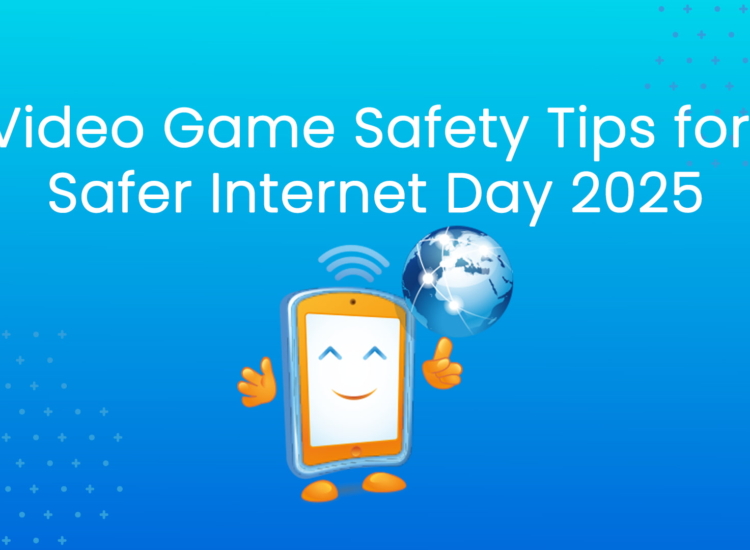A Parent’s Guide to Astro Bot

Astro Bot is back again with a PlayStation-themed platformer. Astro has been around since 2014, rescuing robots, exploring virtual reality, and more, but is your family ready to join him on his latest adventure? Read on to find out if Astro Bot is appropriate for your family!
Is Astro Bot Appropriate for Kids?
Astro Bot is rated E10+ for Everyone 10+, with Content Descriptors for Crude Humor and Fantasy Violence. The game has no in-game purchases and is single player, meaning it does not enable online communication with others in game play.
According to the game’s Rating Summary, combat is accompanied by “cries of pain, large explosions, and screen-shaking effects.” The game also includes levels where “pigeons can be seen leaving several bird droppings.”
Where Can I Play Astro Bot and How Much Does It Cost?
Astro Bot is available for PlayStation 5 and costs $59.99. There is also a “Digital Deluxe” edition available for $69.99 in the PlayStation Store.
What is Astro Bot About?
Astro Bot sees the titular Astro on a quest to collect pieces of his crashed PS5-themed spaceship and rescue his crew. Throughout the game, Astro will venture from planet-to-planet as he solves puzzles, battles enemies, and traverse dozens of themed stages.
How Does Astro Bot Play?
Much like Astro’s Playroom – the free PlayStation 5 pack-in game your family may have played – Astro Bot is a platformer at its core. This means much of the gameplay revolves around traversing stages of varying difficulty by jumping, gliding, swinging, and more… often literally from platform to platform (hence the term “platformer”). From a third-person perspective your kids will step into Astro’s little feet as he hops and glides through approximately 80 themed levels. Styles range from beautiful flora-filled planets, to adventures in the barren vacuum of space, and beyond.
Players will navigate the game world by selecting from multiple galaxies, which all include a number of planets. Each planet is also broken into difficulty – Easy, Normal, or Hard – so it’s easier to gauge which may be most approachable for novices and platforming veterans alike.

In fact, many levels incorporate unique mechanics beyond the standard platforming fare. Some of this will take the form of items and weapons, like stretchy boxing gloves that extend Astro’s punches and act grappling hooks for platforming sections, or a dog/jetpack that let’s Astro shoot into the air, plow through enemies, and blast through barriers (and also gives little robot-dog kisses).
Like many 3D platformers, there are also collectibles! Coins are scattered through each level, which can be collected and exchanged for in-game items. For players that venture off the beaten path, there are also better hidden collectibles in the form of puzzle pieces. Lastly, players can rescue crewmates, some of whom are modeled after well-known characters from PlayStation’s library, like Ratchet from the Ratchet and Clank series and Nathan Drake from the Uncharted series.
Managing Your Kids’ Interplanetary Adventures
Whether your kids venture through space alone, or as a family, it’s always a great step to stay involved with their video game experiences. While joining them in their adventures is often the best way to do so, there are many resources that you can use to help manage your kids’ video games.
Starting with checking the ESRB rating information can always give you a good impression of what’s in a game before you decide to purchase or download something new. Many games that you can purchase physically (in a box from your local store or ordered from an online retailer) also include a Rating Summary, which goes into more detail about the content of a game and how it’s presented to the player. In fact, you can see the Rating Summary for Astro Bot here.
Of course, some quick internet research also goes a long way. If you’re ever on the fence about a new game and do not have the ability to try it out yourself, you can search for reviews, previews, and gameplay videos for some more information.
Throughout the game, Astro will venture from planet-to-planet as he solves puzzles, battles enemies, and traverse dozens of themed stages.
We also recommend that families have some household rules around video games in place. This opens the door to an ongoing, judgement-free conversation about what your kids love to play, why, and how you think it’s best to manage their experiences. Visit our Family Gaming Guide for some more information on how you can get the conversation started.
Household rules often cover which games are appropriate to play, when and for how long kids can play, whether they are permitted to play online with others, and whether they can spend real money on in-game purchases and/or new games. Fortunately, virtually all video game devices include parental controls to back all these rules up. Visit ParentalTools.org for ESRB’s step-by-step parental controls guides to help you get started.


